From north to south, here are the most important science museums in Italy so sthat you can enjoy an educational yet fun trip.
There’s no better way to learn about the everyday things that affect our lives than by visiting a science museum. Have you ever experienced the fun side of math? We assure you, there is one. Do you know how we went from using the telegraph to making internet phone calls? How much do you know about our planet, its life forms and how to protect it?
Well, Italy has several science and technology museums that answer these questions and many more where visitors of all ages can immerse themselves in fascinating exhibitions. By coupling entertainment with education, these museums are the perfect places to explore alone or with the kids in tow. From north to south, here are the most important ones in Italy.
National Museum of Science and Technology “Leonardo da Vinci” – Milan
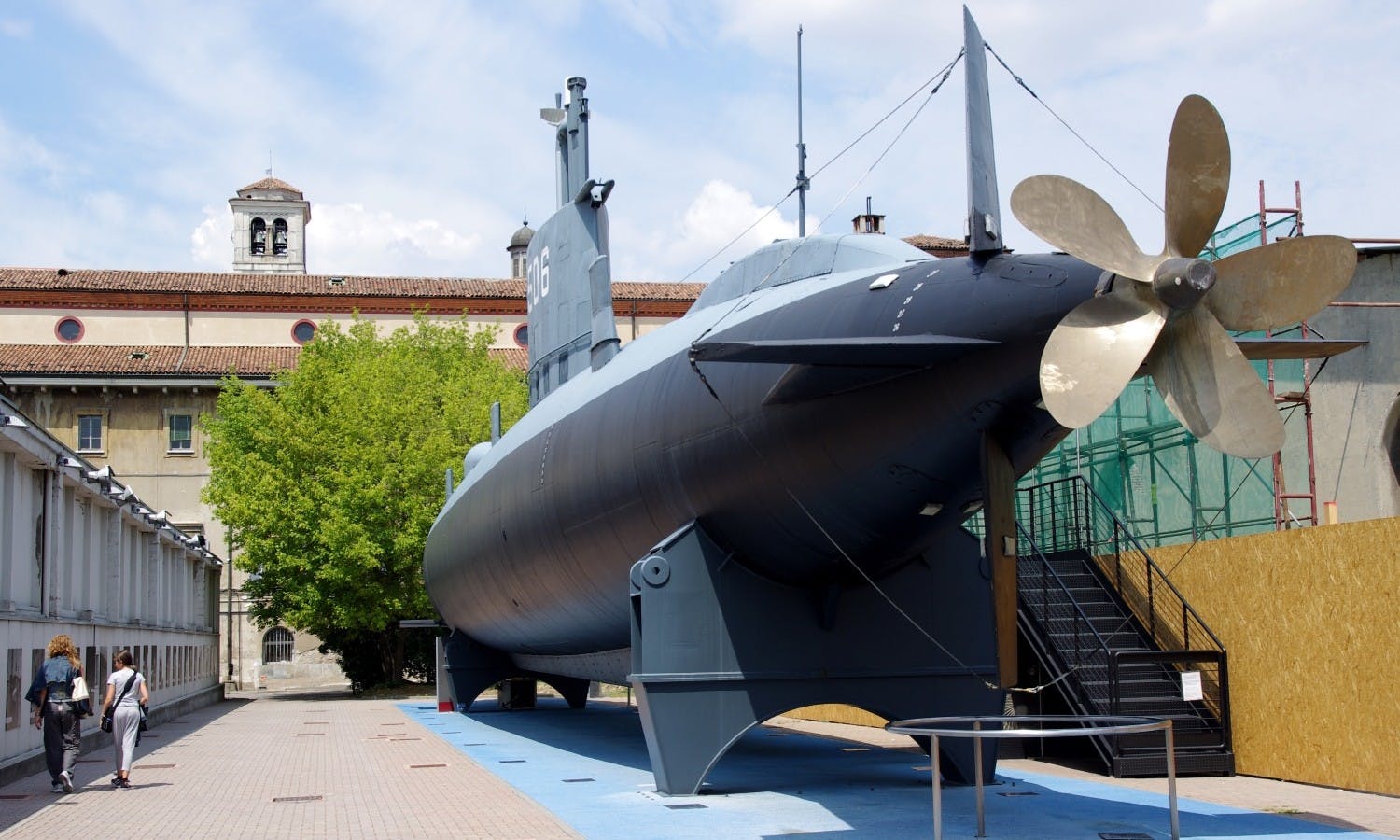
Enrico Toti Submarine
The Museum Leonardo da Vinci in Milan is the biggest museum of science and technology in Italy and one of the most important in the world. With its collections, archives and over 40 thousand books in its library, this Museum of Science tells the story of the development of technology from the 1800s to our days. Every year more than 40 thousand visitors fill the museum halls and choose to take part in its many activities organized.
The central part of the museum was once a monastery from the 16th century and it holds today the Galleria, named after Leonardo da Vinci, that is dedicated to his adventurous and innovative studies and projects. Here you will also find a specific section of various interactive laboratories that lets visitors learn new things through hands-on activities. The Railway Transportation pavilion and the Naval Air pavilion tell the history of transportation and the story of its development through displays of original period pieces like steam engines and the command bridge of the transatlantic ship, the ‘Conte Biancamano’. While the indoors are fascinating enough, outside the museum there’s a sight that’s very unusual for the landscape of the city of Milan: Italy’s very first submarine, the Submarine Enrico Toti, built after World War II.
A newly inaugurated exhibition tells the history of helicopters and in this exhibition you can see the world’s very first helicopter, built by Enrico Forlanini in 1887. Not only that but visitors can also test their piloting skills in the Helicopter exhibition thanks to the virtual flight simulator.
This museum’s strength is really the focus on educational activities that give hands on experiences to people of all ages. A great amount of investment is put into maintaining interactive labs, theatrical performances, workshops and educational days that are run by the Foundation’s scientific entertainers for students and children in all seasons. The Leonardo da Vinci is a place that entertains everyone and where people of all ages can learn something new.
Where: Via San Vittore, 21, Milan. Open: tue-fri, from 9.30 am to 5.00 pm; Saturdy and Holidays from 9.30 am to 6.30 pm. Closed Mondays.
Tickets: on Musement you can buy the esclusive skip-the-line ticket (lines can be pretty long on weekends)
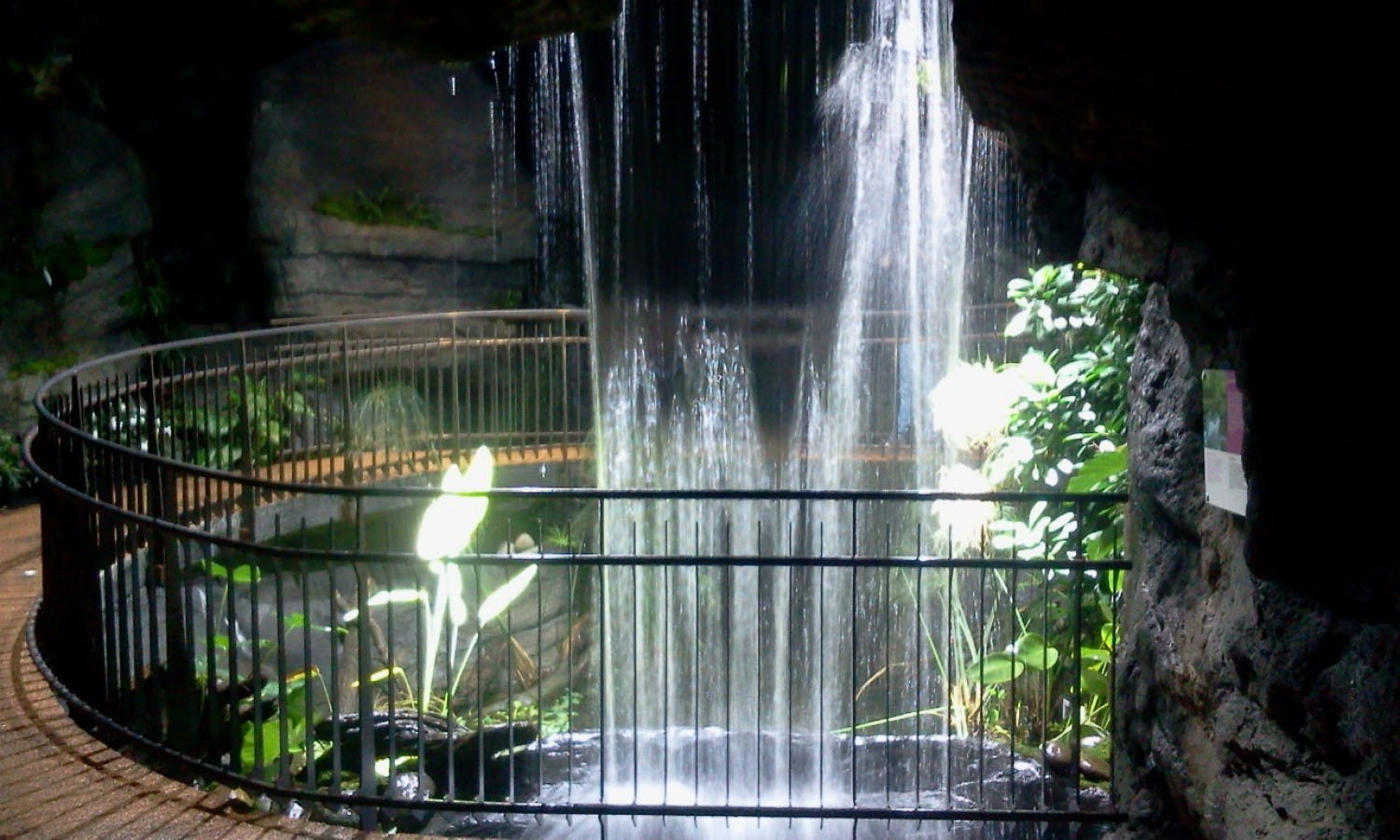
Trento Muse museum
Inaugurated in July 2013, the Trento Muse museum, designed by the famous architect Renzo Piano, is an innovative center of culture where people can truly interact with the exhibitions. The museum building seems to fit well in its beautiful mountainous landscape and its space for exhibitions was carefully planned to give visitors a great multi-sensorial experience. Visiting this museum takes visitors through a windy path that covers 7 different floors that offer a great fusion of fun and fact.
The tour starts from the top floor with a glacial experience through a tunnel, bringing visitors through the heights of the Alps and immersing them in an evolving virtual landscape that seems to be almost alive thanks to the technology of multivision (multiple views on a single screen). On each floor of the museum visitors will discover new things about biodiversity and will dig deeper into the secrets of planet Earth, reaching a Tropical Greenhouse that takes up an area of 600 m/s, recreating a part of the African rain forest with waterfalls and unique vegetation.
The Museum of Science and Technology in Trento holds events and activities for children and for curious adults that are keen on learning. The younger ones can enjoy the Maxi Ooh! Section, a place for kids up to 5 years old that will have the chance to experience their senses in new and surprising ways.
Where: Corso del Lavoro e della Scienza 3, Trento. Open: Tuesday – Friday, from 10.00 am to 6.00 pm, Saturday and Sunday from 10.00 am to 7.00 pm. Closed Mondays.
Tickets: Can be bought at the Museum entrance. For more information call +39 0461 270 311 or write to prenotazioni@muse.it
City of Science in Naples
If you’re wondering what reasons one might have to visit the City of Science in Naples, worry not, there are loads. First of all, this museum is in Bagnoli, in the buildings that once belonged to Italdiser, a steel and iron making factory. The founders of the museum hoped to salvage these buildings that otherwise would simply remain pieces of industrial archeology and in that this strategic choice would get locals involved in the museum project, especially ex-employees of the abandoned factory.
The City of Science came to life in 1966 as a high-tech center of learning with a scientific and educational purpose, able to have a strong social impact on the surrounding territory. Visiting the City of Science this year is the best thing you could do to support such a project that suffered a great blow in 2013 when a fire destroyed the Science Centre that was the beating heart of the museum. Today the City of Science is reaching its come back, by rebuilding the ruined pavilions and by offering a calendar of events richer than ever.
The innovation of scientific education puts great focus on the labs made for the museum’s younger visitors but its good to keep in mind that the activities are not just for them. Within the 70 thousand square meters of the ex-industrial areas you’ll find the Officina dei Piccoli, the multifunctional Teatro Galilei 104, a restaurant, a bar and a souvenir shop.
The City of Science is a great place for students, families and tourists and it gives you the chance to spend a day living fully a series of rich, diverse and unique experiences.
Where: Via Coroglio 104 e 57, Naples
Tickets: Can be bought at the museum entrance.
Regional Museum of Natural Science in Turin
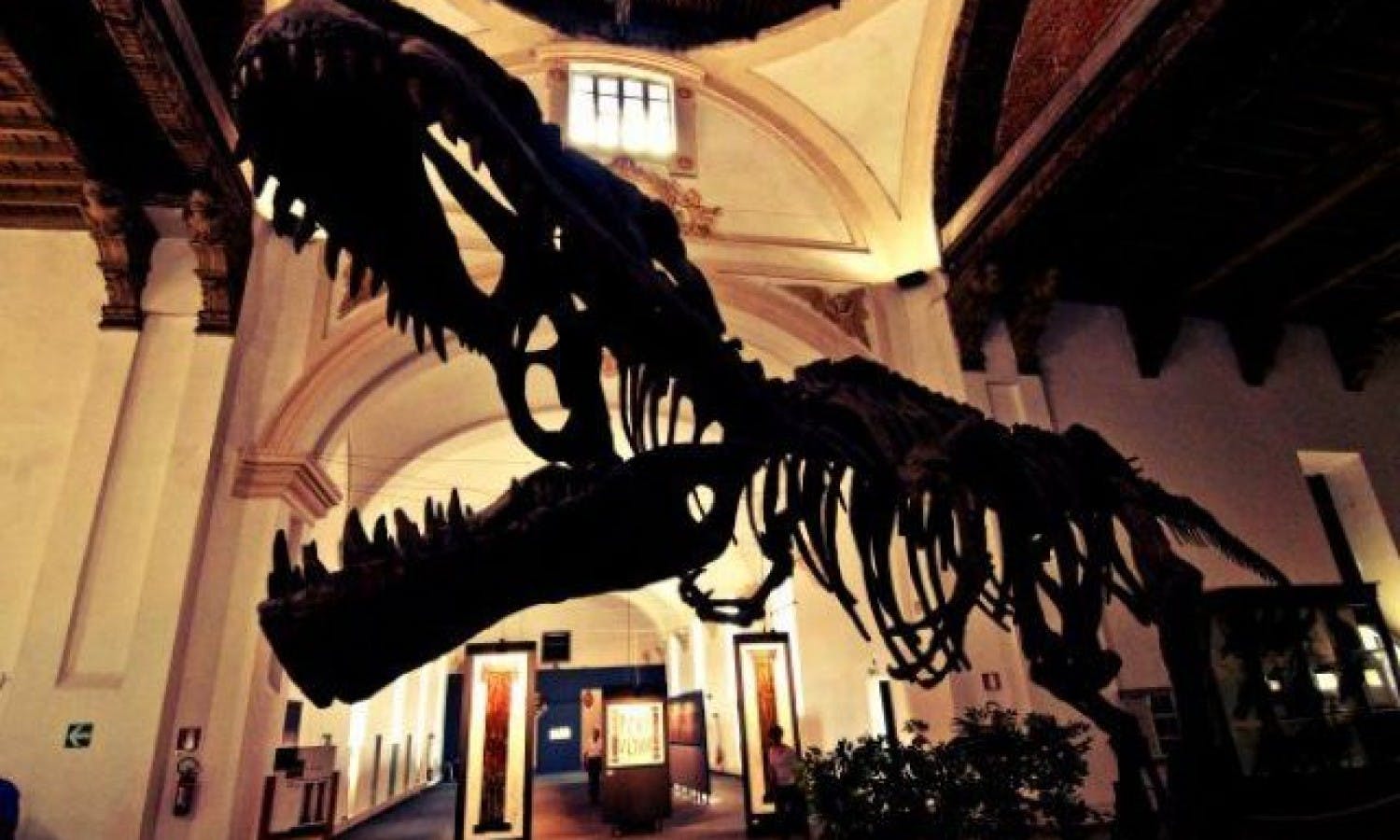
Regional Museum of Natural Science
The regional museum of Turin is completely devoted to the natural sciences. It’s home is in the historic Ospedale Maggiore di San Giovanni Battista that was first built in the year 1600.
The best-known sections of this museum are the ones dedicated to botany, zoology and paleontology. Every year since 1996 the Center of Education has hosted 60 thousand students and offered them the chance to experience labs, guided tours and nature walks. The museum proudly offers to a vast public a selection of activities and events that include conferences, performances and more.
The Real Botanical Garden is also part of the Museum of Natural Sciences in Turin. Inaugurated in 1992, it is in a place called Val Salgone, in the Province of Turin. The Botanic Garden holds over 2500 species of plants, from succulent plants to the carnivorous.
Where: Via Giolitti 36, Turin. Open every day from 10.00 am to 7.00 pm, closed on Tuesday
Tickets: Can be bought at the museum entrance.
Museum of Natural History, University of Florence
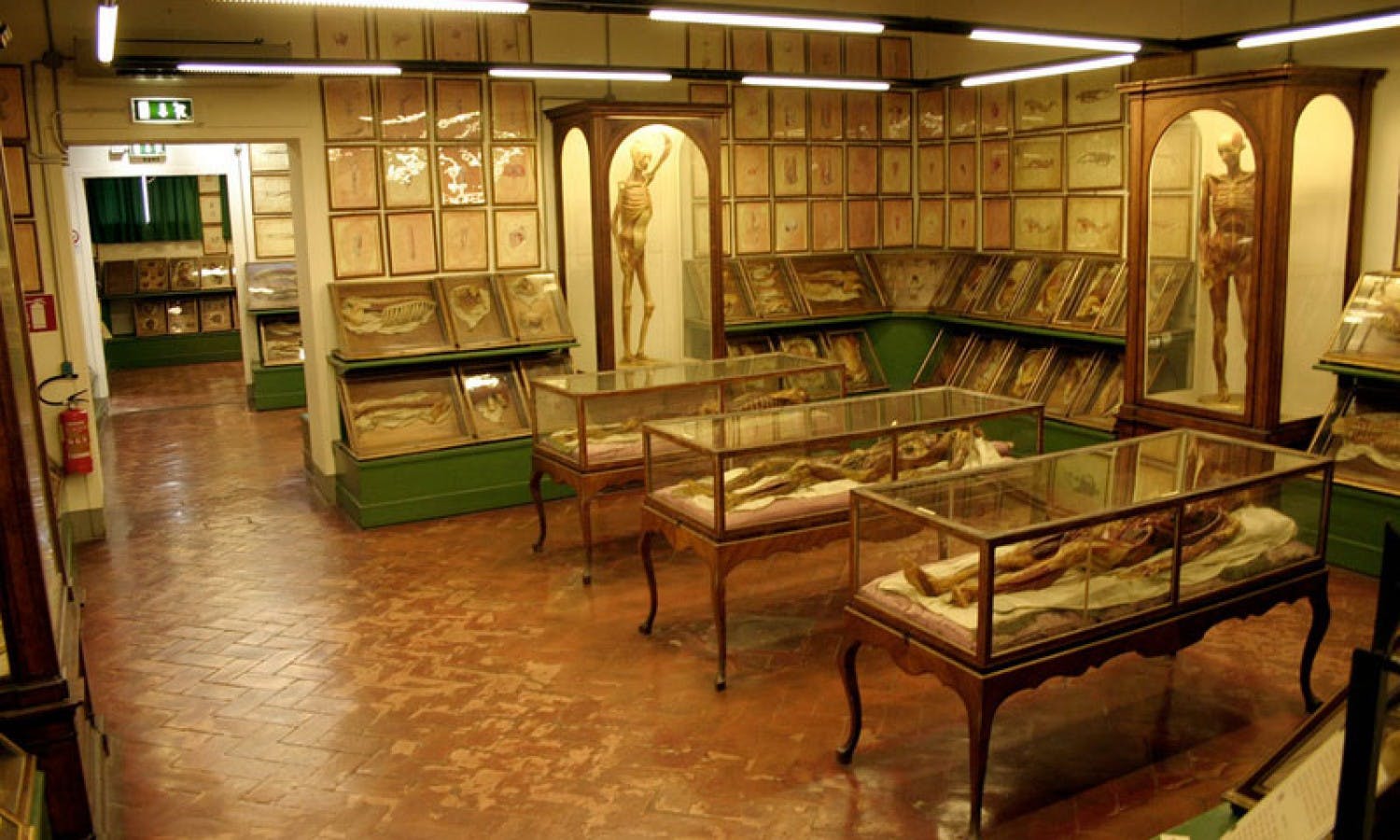
Museo di Storia Naturale
The heart and soul of the Museum of Natural History in Florence are the naturalistic collections of the Medici family. The specimens that the members of the Medici family collected, especially Lorenzo de’ Medici, initially found their way into the collection of the Museum of Natural History of the University of Pisa that was founded in 1596. Ferdinando II had these collections returned to Florence in 1699, to which were added new pieces over time. The naturalistic collections were housed in the Uffizi Gallery until the inauguration of the Imperial Museum of Physics and Natural History in 1775. It later became part of the University Museums.
This museum is divided into six sections and holds nearly 8 million artifacts: from fossils to herbariums of the 16th century and even ancient ethnic jewels and crystals of tourmaline. The exhibition halls are spread out throughout the city center of Florence in historical buildings. This, as you can imagine, makes the walk among the museum’s collections even more intriguing. Particularly interesting is the Zoology section, also known as ‘La Specola’, that holds the world’s biggest collection of anatomical wax figures and is considered one of the oldest science museums in Europe.
This museum in Florence puts a lot of emphasis on raising awareness of different issues among its young visitors and various activities are organized during the year – such as labs and special workshops – for that sole purpose. This museum is the perfect place to spend the day with your family, a great ‘Cabinet of Curiosities’ or ‘Wunderkammer’ as some would say, packed full with surprises.
Where: Geological Section, Paleontology, Mineralogy, Lithology – Via La Pira 4, Firenze. Open Monday, Tuesday, Thursday, Friday from 9.00 am to 1.00 pm; Saturday and Sunday from 10.00 am to 7.00 pm. Closed Wednesdays.
Anthropological Section – Via del Proconsolo 12, Firenze. Open Monday, Tuesday, Thursday, Friday from 9.00 am to 1.00 pm; Saturday and Sunday from 10.00 am to 7.00 pm. Closed Wednesdays.
Zoology – Via Romana 17, Firenze. Open Tuesday to Sunday from 9.30 am to 4.30 pm. Closed Mondays.
Tickets: Can be bought at the museum entrance.
Galileo Museum in Florence

Museo Galileo
Previously known as the History of Science Museum, the Galileo Museum is found in central Florence just behind the small Uffizi plaza. Inaugurated in 1930 in the building called Palazzo Castellani, its collections, among the best known in the world, bring together scientific tools that date back to the Renaissance and teach about the history of science from then, all the way up to the 19th century.
Among the many pieces held in this museum visitors can admire Galileo’s monocular, ancient world maps and the armillary sphere, an incredible model of the celestial vault made out of wood and dating back to 1593.
This Museum organizes interactive labs where visitors can actually experience using the old scientific tools and the theories developed by Galileo Galilei or other scientists of the early European society, in a place called the l’Accademia del Cimento, founded in Florence in 1657.
Where: Piazza dei Giudici 1, Firenze. Monday to Sunday from 9.30 am to 6.00 pm. Tuesday from 9.30 am to 1.00 pm
Tickets: Can be bought at the museum entrance.
Palazzo Poggi Museum – Bologna
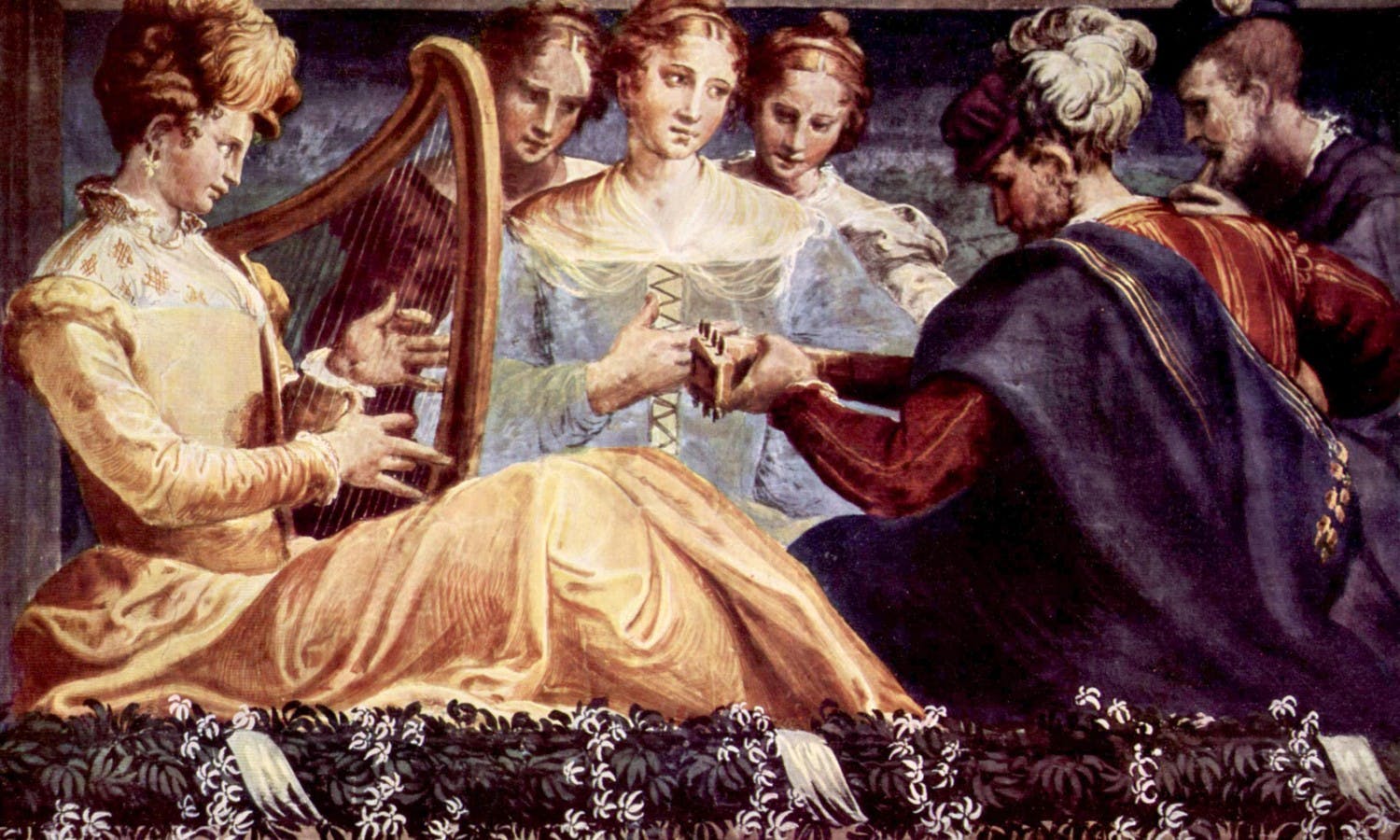
Palazzo Poggi Museum Bologna
Since 1711 this museum has been held on the piano nobile of Palazzo Poggi, an aristocratic building of Bologna built in the 16th century. The main feature of this fascinating exhibition space is that it isn’t made up of collections brought together over time but the fact that it holds actual laboratories and collections that once belonged to the old Institute of Science that was founded by Luigi Ferdinando Marsili. Other than the fact that this museum brings together precious evidence of scientific research done by the Institute, it is also one of the most significant places for 16th century Paduan paintings because of the murals of Prospero Fontana, Ercole Procaccini and other artists of the time.
The Museum Palazzo Poggi is divided into 5 different sections: one of the highlights of these sections is the Natrual History section that, among other things, holds the Museum of Ulisse Aldrovandi. Aldrovandi was considered the founder of Modern Natural History and he collected throughout his lifetime about 18 thousand artifacts, pieces and samples of natural elements. In the anatomy and obstetric sections of the museum visitors can see the impressive and striking collection of anatomic wax figures.
The Palazzo Poggi Museum organizes guided tours and experimental visits for children and adults.
Where: Via Zamboni 33, Bologna. Open Tuesday to Friday from 10.00 am to 1.00 pm and from 2.00 pm to 4.00 pm. Saturday, Sunday and holidays from 10.30 am to 1.00 pm and from 2.30 pm to 5.30 pm. Closed Mondays.
Tickets: Can be bought at museum entrance
